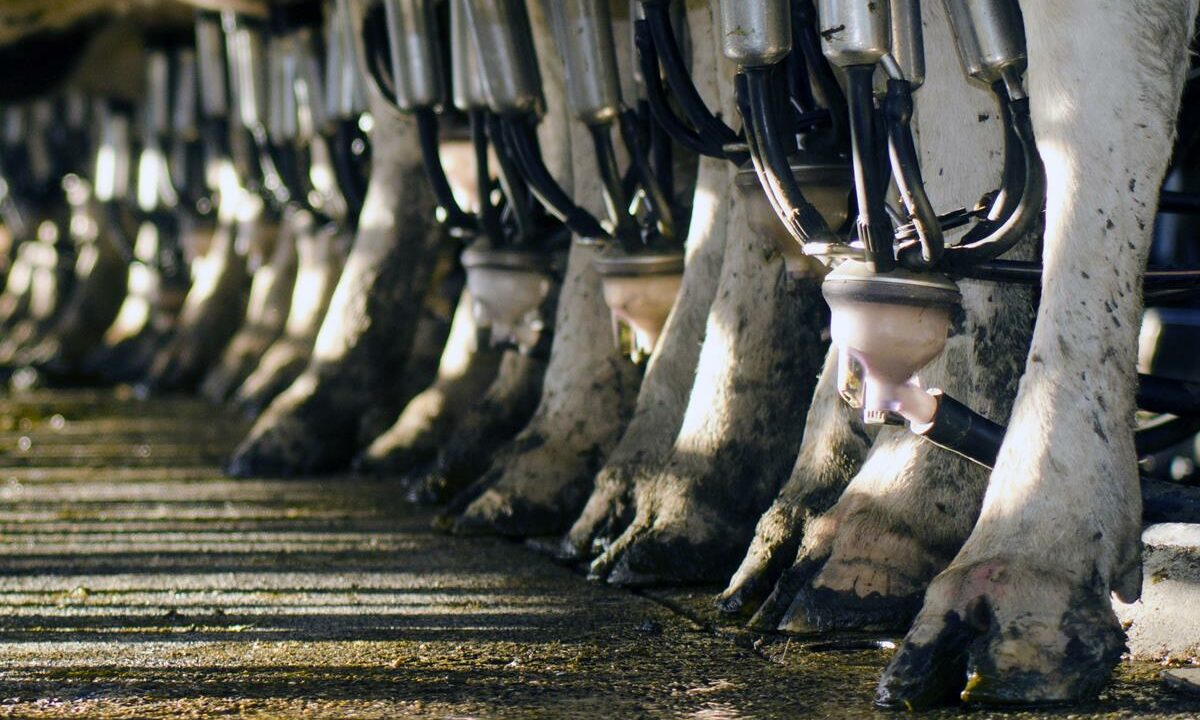The rise in the Ornua Purchase Price Index (PPI) justifies calls for further milk price increases, IFA National Dairy Committee Chairman Sean O’Leary said.
O’Leary was speaking following the announcement by Ornua of a 1.6 point increase in its PPI to 105.4 points.
This is the equivalent to a milk price of 29.8c/L plus VAT or 31.4c/L including VAT, according to Ornua.
These figures confirms the IFA’s view that at least a 1c/L price increase is fully justified on January milk, O’Leary said.
Lower payers, including Kerry, need to aim higher than 1c/L to be fair to their suppliers, he added.
Most co-op boards will be meeting this week and next, to examine milk prices payable for January.
“They must make sure the new increased 5.4% VAT rate benefits the farmers fully, and pass back a fully justified increase of at least 1c/Ll – more for the lower payers including Kerry – back to support their milk suppliers’ essential income recovery before peak.”
Yesterday’s 1.3% GDT price increase failed to give a true impression of the slight easing in spots and futures of recent days, O’Leary said.
“This is because buyers realise that the global milk production scarcity which has been developing for months is now compounded by the Northern Hemisphere only starting to creep up towards peak, and Oceania’s output rapidly falling seasonally.
EU market returns throughout December and January have exceeded 37c/L gross (equivalent to a farm gate price of 32c/L plus VAT).
“Irish SMP prices have caught up with EU averages in January, with butter now even exceeding that figure,” he said.
Fall in Milk Production
Looking at December 2016 figures, it is clear that other than the US all dairy regions are seeing a fall in production, he said.
“In the EU, France is back an estimated 7%, the UK around 5%, Denmark also 5%, Italy 4.5%, Belgium 12% and Spain 2%.
“New Zealand production is down 2.75% for December, while Australia’s is back 4.1%. Argentina’s December output is down by a whopping 19%.
While December US production recorded a 2.4% increase, global milk availability is continuing to shrink rapidly.
“Milk price increases continue to be justified, and the National Dairy Committee will continue to lobby board members to deliver fully back to farmers what significantly stronger market returns allow,” he said.
‘Co-ops should be focusing on delivering maximum returns’
Meanwhile, the Irish Creamery and Milk Suppliers Association is also anticipating a milk price rise as Co-op boards meet to set price for January supplies.
ICMSA Dairy Committee Chairperson, Gerald Quain, believes a milk price increase is likely based on the Ornua Index, GDT returns and the milk prices quoted from European milk processors.
Friesland Campina, the Dutch Dairy Co-operative, has increased its milk price for February to now stand at €35/100kgs or 33c/L, Quain said.
These increases must begin to be reflected in the price being paid to Irish milk suppliers by their Co-ops, who are currently paying well below that price level, he said.
Quain and the ICMSA believes that Co-ops should be focusing on delivering maximum returns in the coming months and ensuring higher milk prices for their suppliers.
We’d be looking at a rise of 1c/L giving an average of 31c/L for January milk.
“We know that Co-ops realise that cash-flow is a major issue on dairy farms at this time of year and coming after the milk price depression in 2016, every cent counts,” he said.

